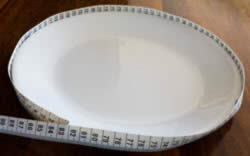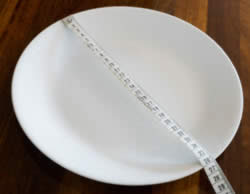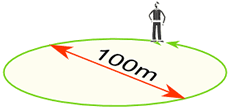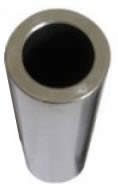Famous mathematicians of India
1.A.M.Mathai
Arakaparampil Mathai Mathai [A. M. Mathai] is an Indian mathematician who has worked in Statistics, Applied Analysis, Applications of special functions and Astrophysics. Mathai established the Centre for Mathematical Sciences, Palai, Kerala, India. He has published more 25 books and more than 300
2.Acharya Hemachandra
Acharya Hemachandra was a Jain scholar, poet, and polymath who wrote on grammar, philosophy, prosody, and contemporary history. Noted as a prodigy by his contemporaries, he gained the title Kalikāl Sarvagya, "all-knowing of the Kali Yuga".
3.Aryabhata:
Aryabhata or Aryabhata I was the first of the major mathematician-astronomers from the classical age of Indian mathematics and Indian astronomy. His works include the Āryabhaṭīya and the Arya-siddhanta.
4.Bhaskara(II):
hāskara, was an Indian mathematician and astronomer. He was born in Bijapur in modern Karnataka. Bhāskara and his works represent a significant contribution to mathematical and astronomical know.Bledge in the 12th century. He has been called the greatest mathematician of medieval India.
5.C.R.RAO:
Calyampudi Radhakrishna Rao, FRS known as C R Rao is an Indian-born, naturalized American, mathematician and statistician. He is currently professor emeritus at Penn State University and Research Professor at the University at Buffalo. Rao has been honoured by numerous colloquia, honorary degrees







